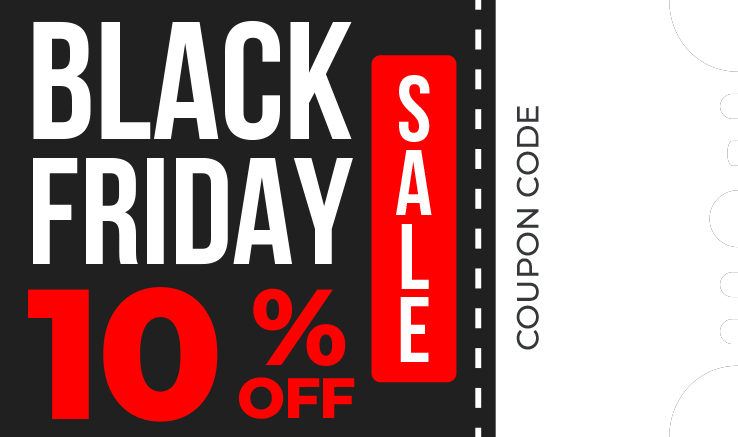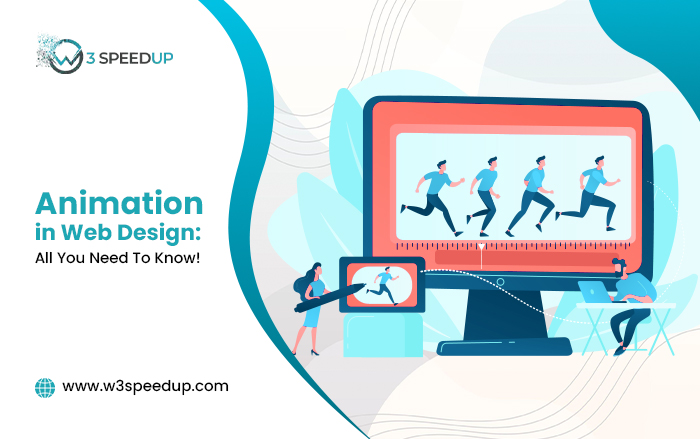In today’s digital landscape, websites have become the forefront of establishing an online presence for businesses and individuals alike. To make a lasting impression and engage users, web designers are increasingly incorporating animation into their designs.
Animation adds a dynamic and interactive element to websites, enhancing the user experience and engagingly conveying information. In this blog, we will explore the world of animation in web design, its benefits, popular animation techniques, and how it can impact website costs.
Benefits of Animation in Web Design
Animation brings several benefits to web design. Firstly, it captures the attention of visitors, making the website visually appealing and more likely to be remembered.
Animation can also convey complex ideas or messages in a simplified and engaging manner, improving comprehension and user engagement.
Additionally, animations can guide users’ attention to specific elements on the page, helping them navigate and interact with the website more effectively.
It can also create a sense of interactivity and delight, making the user experience more enjoyable and memorable. These benefits contribute to increased user engagement, longer website visits, and higher conversion rates.
Popular Animation Techniques
There are various animation techniques that web designers utilize to enhance the visual appeal and functionality of websites. Some popular animation techniques include:
1. Microinteractions
These are subtle animations that respond to user actions, such as hovering over a button or scrolling a page. Microinteractions provide feedback and enhance the overall user experience.
2. Parallax scrolling
Parallax scrolling creates an illusion of depth by moving different layers of content at different speeds as the user scrolls. This technique adds a sense of interactivity and dimension to the website.
3. Loading animations
Loading animations entertain users while they wait for content to load. They help manage user expectations and reduce frustration by providing visual feedback that the website is still active.
4. Animated navigation menus
Animated navigation menus add visual interest and guide users through the website’s content. These menus can expand, slide, or morph into different shapes, creating an engaging and intuitive navigation experience.
5. Background animations
Background animations bring movement and life to the website’s background. They can be subtle, such as a gentle looped pattern, or more complex, like a full-screen video background. Background animations add visual interest and help set the tone of the website.
Impact of Animation on Website Cost
The inclusion of animation in web design can impact the overall cost of a website. Adding animations requires additional time and effort from web designers and developers. Complex animations or custom illustrations may require specialized skills and more extensive development, which can increase the cost of the project.
Additionally, the animation may also require additional testing and optimization to ensure smooth performance across different devices and browsers.
However, it’s important to note that the cost of animation in web design varies depending on the complexity and scale of the animations. Simple micro-interactions or loading animations may have minimal impact on the overall Website cost, while intricate parallax scrolling or custom animations may require more resources and expertise, thus increasing the cost.
Balancing Animation and Performance
While animation adds visual interest and interactivity to websites, it’s essential to strike a balance between animation and website performance.
Excessive or poorly optimized animations can slow down the website’s loading speed, leading to a negative user experience.
To mitigate this, web designers should optimize animations by minimizing file sizes, leveraging caching techniques, and using modern web technologies like CSS animations and transforms. By optimizing animations, web designers can ensure a smooth and seamless browsing experience for users.
Best Practices for Animation in Web Design
To effectively incorporate animation into web design, consider the following best practices:
✅ Purposeful animations
Use animations purposefully to enhance the user experience and convey information effectively. Avoid excessive or unnecessary animations that may distract or overwhelm users.
✅ Smooth and subtle transitions
Aim for smooth and seamless transitions between different states or elements to create a polished and professional look. Avoid abrupt or jarring animations that can disrupt the user experience.
✅ Consistency
Maintain consistency in animation styles and effects throughout the website to create a cohesive and harmonious user experience. Consistent animations help users navigate and interact with the website more intuitively.
✅ Responsive design
Ensure that animations are responsive and adapt well to different screen sizes and devices. Test animations on various devices and browsers to ensure they function properly and maintain their effectiveness.
✅ Accessibility considerations
Consider users with accessibility needs when designing animations. Provide alternatives or fallback options for users who may have difficulty perceiving or interacting with animated elements.
Conclusion
Animation has become a powerful tool in web design, offering numerous benefits such as enhanced user engagement, improved visual appeal, and effective communication of information. By incorporating animation techniques such as micro-interactions, parallax scrolling, and loading animations, web designers can create captivating and interactive websites.
However, it’s crucial to strike a balance between animation and website performance while considering the associated costs. By following best practices, web designers can ensure that animations contribute to an exceptional user experience, making the website more memorable and engaging. With careful planning and implementation, animation in web design can elevate the overall quality and effectiveness of a website, leaving a lasting impression on visitors.
Additionally, as you consider the cost of incorporating animation into your web design project, it’s important to keep in mind that the value it brings to your website can outweigh the initial investment. Animation can significantly enhance the user experience, leading to increased user engagement, longer time spent on the site, and higher conversion rates. These factors can ultimately contribute to a positive return on investment for your business.
To make the most of animation in web design and ensure its success, collaborate closely with your web design team or agency. Communicate your goals, brand identity, and target audience to help them create animations that align with your overall website objectives. Work with experienced designers who understand the technical aspects of animation and can optimize it for performance and responsiveness.
Finally, regularly evaluate the impact of animation on your website through analytics and user feedback. This will allow you to refine and optimize the animations based on user behavior and preferences, ensuring they continue to add value and enhance the overall user experience.
Animation is a powerful tool that can elevate your web design and captivate your audience. By understanding the benefits, exploring popular animation techniques, considering the cost implications, and following best practices, you can effectively leverage animation to create visually stunning, engaging, and impactful websites. Embrace the dynamic nature of animation and harness its potential to make your website stand out, leaving a lasting impression on visitors and driving meaningful results for your business.



